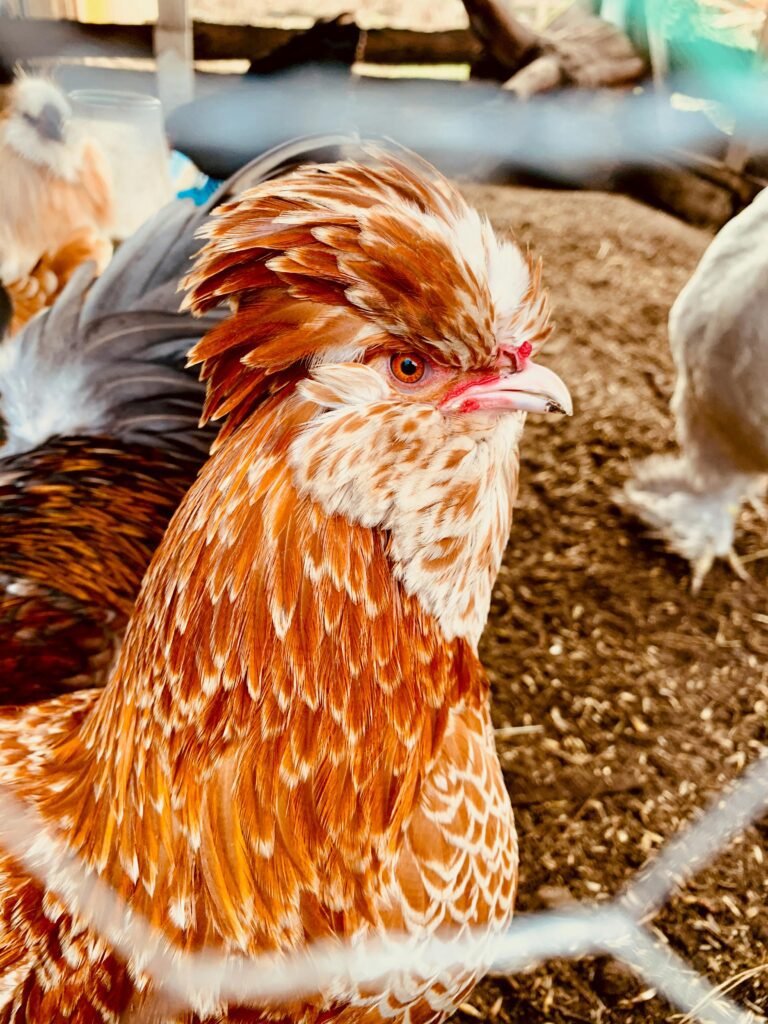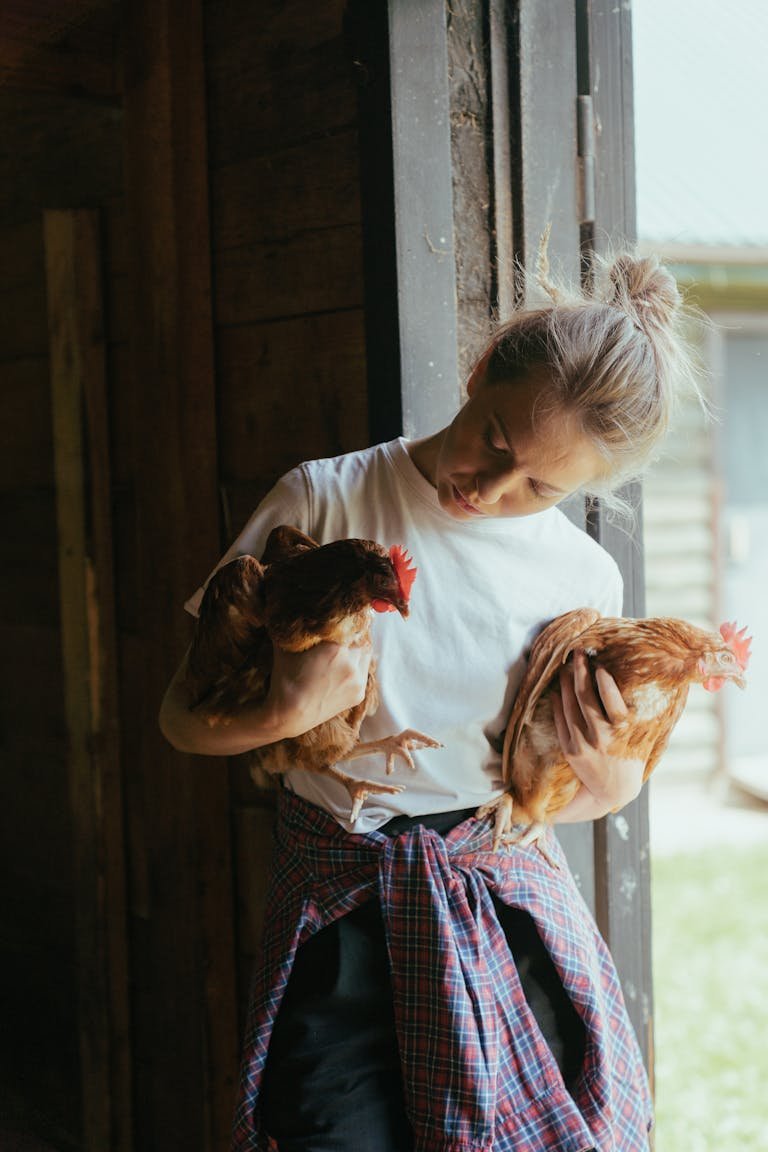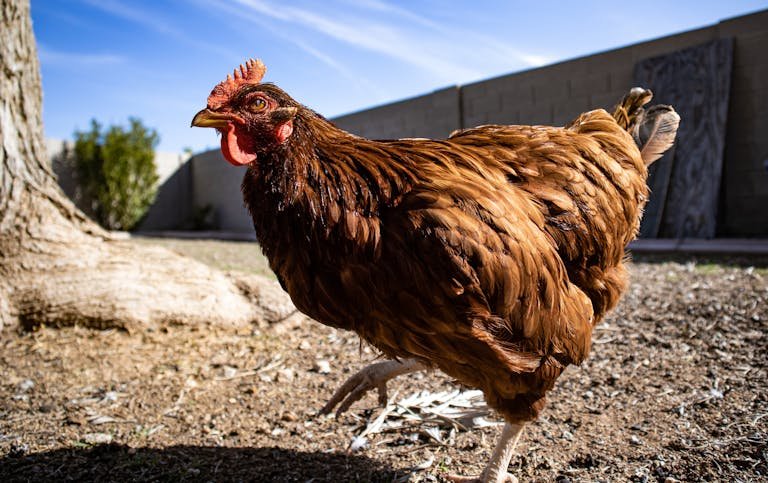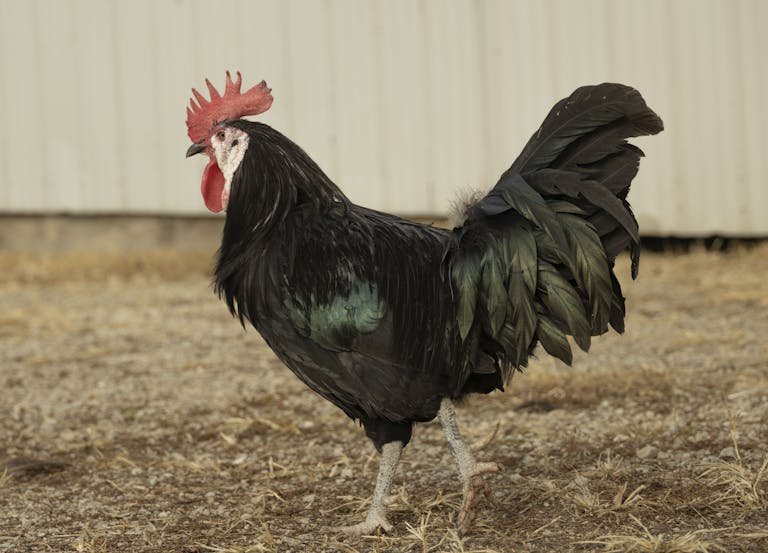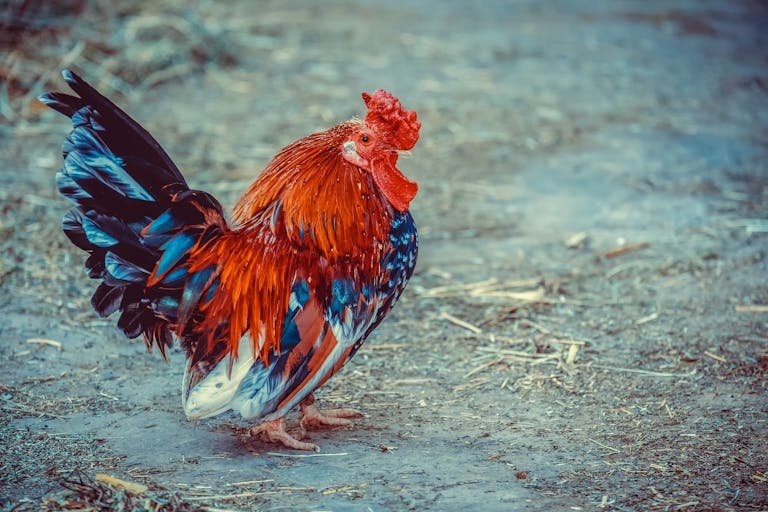Freaky Feet! 5-Toed Chicken Secrets Revealed
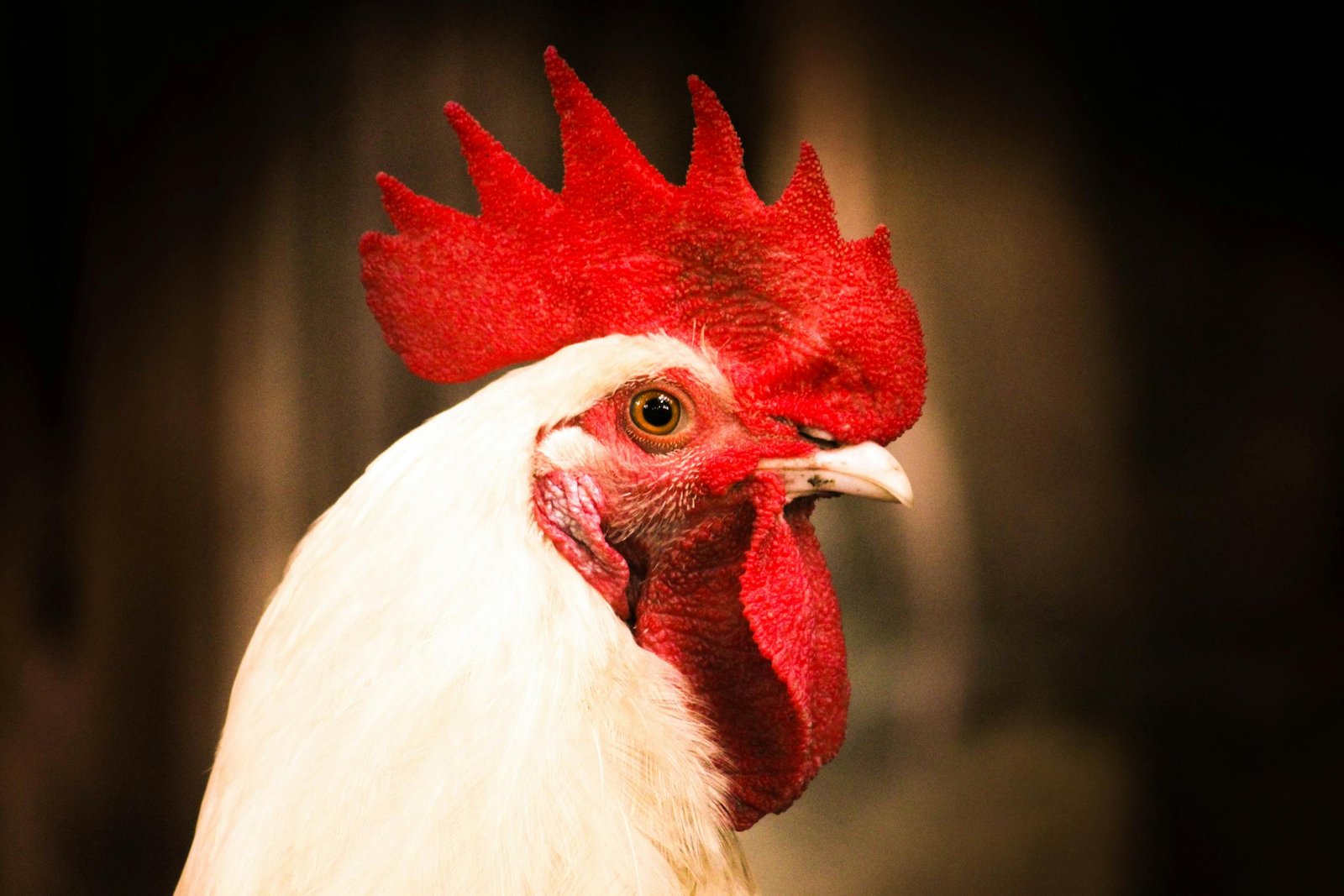
Chickens are fascinating creatures with diverse breeds that exhibit various traits and appearances. Included among these are breeds which characteristic is having five toes in each leg. This is due to an inherited condition called polydactylism, where the chickens possess extra toes, which only serve to make these chickens all the more adorable. In this article, we’ll delve into some of the most popular Five-Toed Chicken Breeds, exploring their origins, features, and suitability for backyard enthusiasts.
Dorking
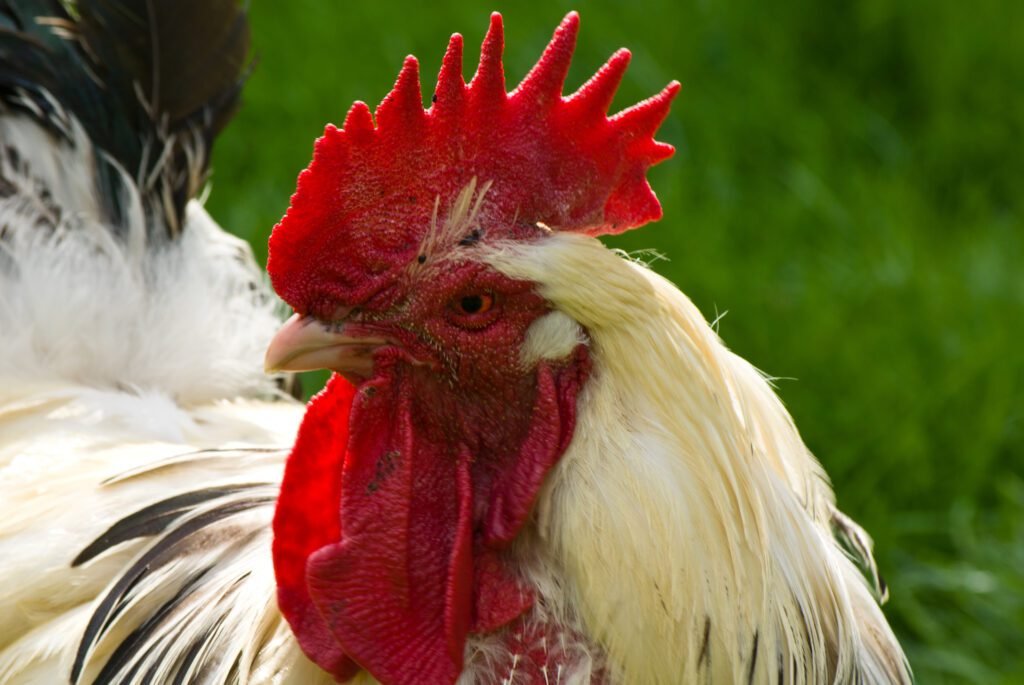
Dorking is one of the oldest developed breeds of chickens that continues to charm lovers of poultry. One of the leading British poultry breeds, Dorking is highly valued not only for its quality meat and egg-laying performance but also as an exhibition bird. There are several types of this breed and some of them are Silver Grey, Red Dorking, and Dominion Dorking breeds that have their attraction.
Origin
Dorking is the oldest known breed of chicken which originated in Roman Britain. This breed is said to have been brought to Britain by the Romans over 2000 years ago. However, the breed was later associated with the town of Dorking in Surrey England. The Dorking breed is of historical value due to their lineage and because they are associated with the poultry-keeping traditions of the ancient Romans.
Features
- Meat Quality: They are particularly appreciated for fine-grained, tender, and juicy flesh. This can be attributed to its fine texture which makes it a favorite with gourmet chefs and also home cooks.
- Egg Production: Dorkings are good layers of white eggs. Though their laying capacity is not very high as compared to the other hybrid laying birds, they are consistent in laying eggs regularly throughout the year.
- Varieties: It is available in several types such as Silver Grey, Red Dorking, and Dominion Dorking, as its name suggests it has different color patterns.
- Temperament: Dorkings are probably one of the most friendly and calm bird varieties you are likely to come across. They are well-suitable for backyard flocks and are easily manageable and therefore ideal for homes with young children.
- Appearance: Another unique characteristic of the breed is that each of the feet is five-toed. Another fact is that due to their large size and wide girth, they are easily identifiable.
- Historical Significance: The Dorking is one of the oldest certified chicken breeds known to man and this makes it quite rare.
Faverolle
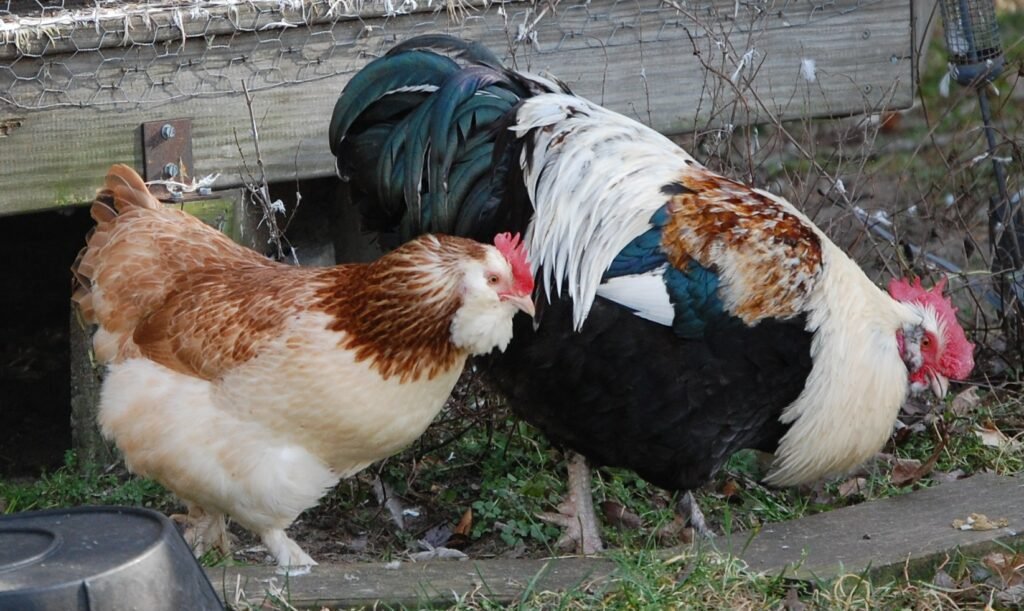
Faverolle is an elegant French breed with a beautiful appearance and friendly temperament. Faverolles are sweet birds with soft and fluffy feathers and calm personalities; they are perfect for petting and are a joy to have around. They are available in different color classes and some of them are Salmon Faverolle, Ermine Faverolle, and White Faverolle.
Origin
The Faverolle breed was developed in the village of Faverolles in the north of France in the second half of the nineteenth century. It was bred from several breeds such as Houdan, Brahma, and Dorking to produce a bird for both meat and egg purposes. The breed did not take much time to get popular for its production abilities as well as for its looks.
Features
- Temperament: Faverolles are friendly and docile cats and this makes them good family pets. They are manageable birds that are friendly with humans, thus suitable for home, or family birds.
- Plumage: Faverolles have soft feathery down that makes them unique and beautiful birds to be with. They are well covered by feathers which offer them good thermal comfort especially while living in regions that experience cold weather.
- Egg Production: It produces medium-sized, light brown eggs, which are consistent layers. These birds lay eggs consistently, and as such, they are a worthy investment for a flock.
- Appearance: Another characteristic attribute of this breed is the fact that the animal has five toes in each paw. They also possess beards and muffs and because of this, they are fluffy and adorable too.
- Varieties: Among the colors, the most common is the Salmon Faverolle, although this breed is also known as Ermine and White Faverolle, sporting different plumage patterns.
- Utility: Initially developed as a dual-purpose breed, Faverolles are good for both meat and egg production. Their versatility makes them suitable for various poultry-keeping purposes.
Houdan
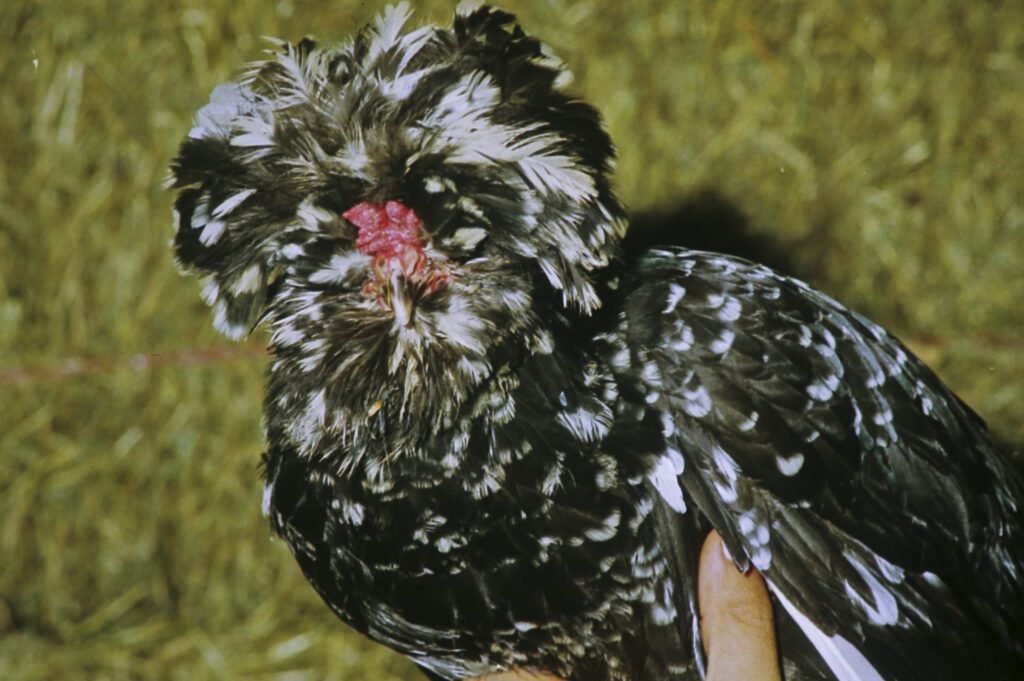
Houdan is a unique and attractive French chicken breed that is characterized by its stunning looks and good performance. These have a crest on their heads and they exhibit black and white patches on their bodies in contrast to other chickens. Unlike many other ornamental plants, it also requires the plant to produce eggs.
Origin
The Houdan breed comes from the Houdan area of France and has been in existence for many years. The breed is thought to have evolved directly from the ancient five-toed chickens of Normandy and possibly from other regional breeds. Due to its long existence and its rootedness in the French practice of poultry farming, the Houdan is a breed with cultural value.
Features
- Appearance: This breed of chicken is easily identifiable due to its large and distinctive V-shaped crest as well as its black and white speckled feathers. They also exhibit an extra toe behind each front leg, which is another characteristic of the breed.
- Egg Production: Houdans are good for laying white eggs. They are constant suppliers of eggs and supply the market with a consistent amount of eggs at all times.
- Temperament: Houdans are considered to be harmless and approachable birds. These birds are social animals and can mix freely with other chicken breeds and persons.
- Cold Hardiness: Overall, the breed is not very sensitive to cold and therefore can adapt to different weather conditions. Erected feathering offers fairly good protection from low temperatures.
- Dual Purpose: While primarily kept for their ornamental qualities and egg production, Houdans also produce good-quality meat, making them a versatile addition to any flock.
- Cultural Significance: The human breed has its origins in France, and as such makes a cultural contribution to the country.
Silkie
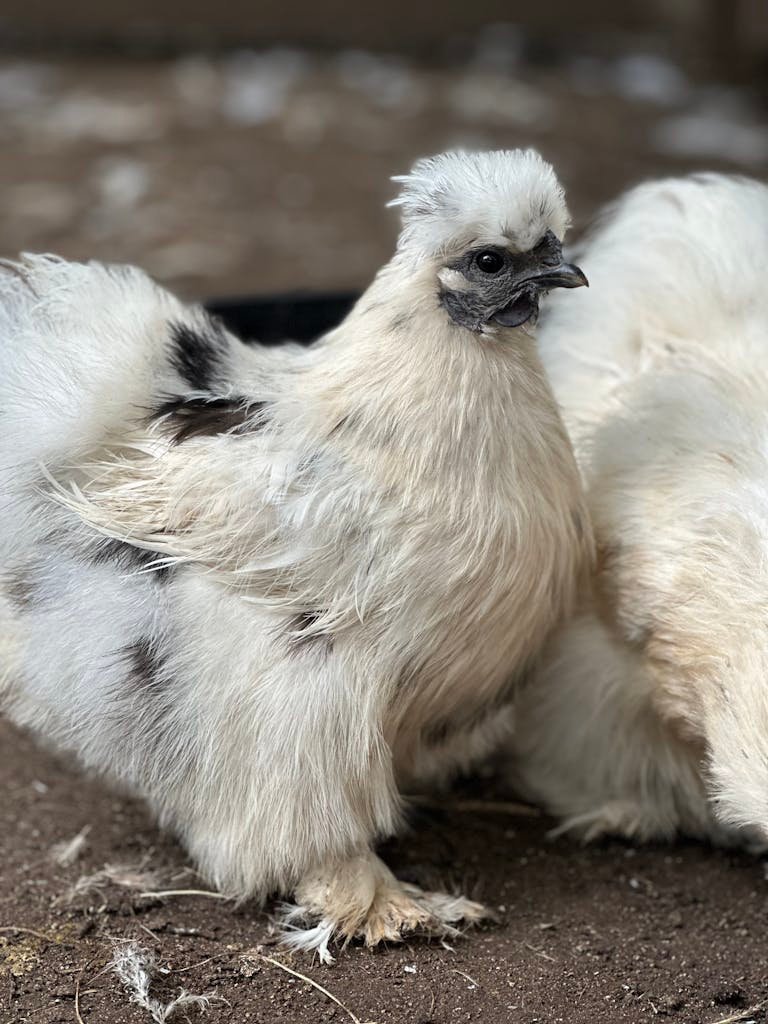
Silkie is certainly one of the most extraordinary and popular chicken breeds: its coat is silky and fluffy, and the bird itself is very kind. These birds are generally referred to as resembling animated cartoon characters or stuffed toys than some ordinary chickens. These types of birds are well-loved by poultry raisers and are often raised as pets because these are friendly and non-aggressive birds.
Origin
Silkie breed came from but estimates are that the birds could have been from Asia, more specifically China or Japan, at least a thousand years ago. There is a record of a ‘furry chicken’ dating back to the thirteen century by Marco Polo, which can be interlinked to the breed. This breed was brought to the West through trade and trading centers, and people appreciated it because of its physiognomy.
Features
- Appearance: Silkies are usually characterized by very soft and fluffy plumage which resembles fur rather than feathers of a chicken. They also have five toes on their feet, black skin, and a curved crest on their heads.
- Temperament: Silkies are known for their incredibly docile and friendly nature. They are easy to handle and make excellent pets, especially for families with children.
- Egg Production: Despite not being heavy layers, Silkies lay tiny cream-colored eggs occasionally. They also have one of the highest degrees of broodiness and are very good mothers.
- Flightlessness: Silkies are not very good flyers, this is why they are easily controlled and restrained in a backyard environment.
- Varieties: Silkies are available in various colors such as white, black, buff, blue and splash. Due to the variation in color, people find them interesting and many like to be associated with them.
- Ornamental Value: Silkies are commonly raised for beauty and they are mostly used for poultry shows or exhibitions because of their attractive physical looks and calm dispositions.
Sultan
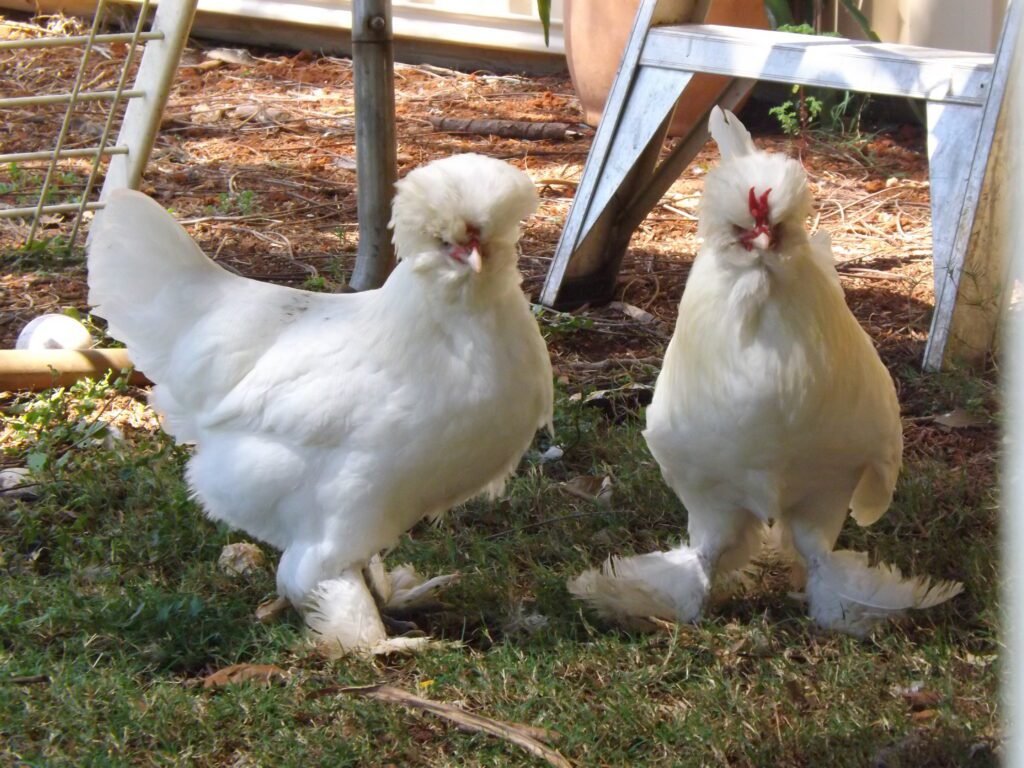
Sultan is one of the less common natural breeds characterized by their decorative appearance and tradition. Its long chubby beard, crest on its head, and fluffy muffs make the Sultan among the beautiful bird that enhances the beauty of any group of birds. While they do not lay eggs as frequently as other breeds, Sultans are much appreciated for their beautiful appearance and pleasant personality.
Origin
The Sultan breed was first developed in Turkey as the “Serai Taook” or “Saray Tavuk” which translates to “fowls of Sultan’s palace”. These birds are reported to have been kept in the gardens of the Ottoman Sultan’s palace and were greatly valued for their colorful feathers. The breed was imported to Europe in the early part of the nineteenth century and became popular among poultry farmers.
Features
- Appearance: Sultans are very much identifiable by their splendid beard, crest, and fluffy muffs. They have an extra toe, and their legs are also feathered, which is an enhanced beauty to these animals.
- Temperament: Sultanic personalities are usually associated with gentleness and friendliness. They are manageable and can be used for domestication as well as for exhibition purposes.
- Egg Production: Sultans are not known for laying eggs frequently. They are small birds and they only lay white-colored eggs, however, the main use of these birds is mainly for show.
- Ornamental Value: Sultans are usually bred for their distinct looks and are used for ornamental reasons; they are common in poultry fairs and contests.
- Historical Significance: As a breed with ties to the Ottoman Sultan’s palace, the Sultan holds cultural and historical importance. They represent a piece of poultry history and the opulence of the Ottoman Empire.
Read Also: 15 White Rooster Breeds For You
Closing
The following are five types of chicken breeds having five toes that are not only physical but also give different advantages based on their usage. Whether one needs a strong meat-type bird such as Dorking a bird hardy to cold climates like Houdan or even a beautiful bird to grace your poultry like the Sultan, each breed has its interesting qualities. This is therefore a good list to consider if you are looking for a unique and interesting breed to add to your flock.

